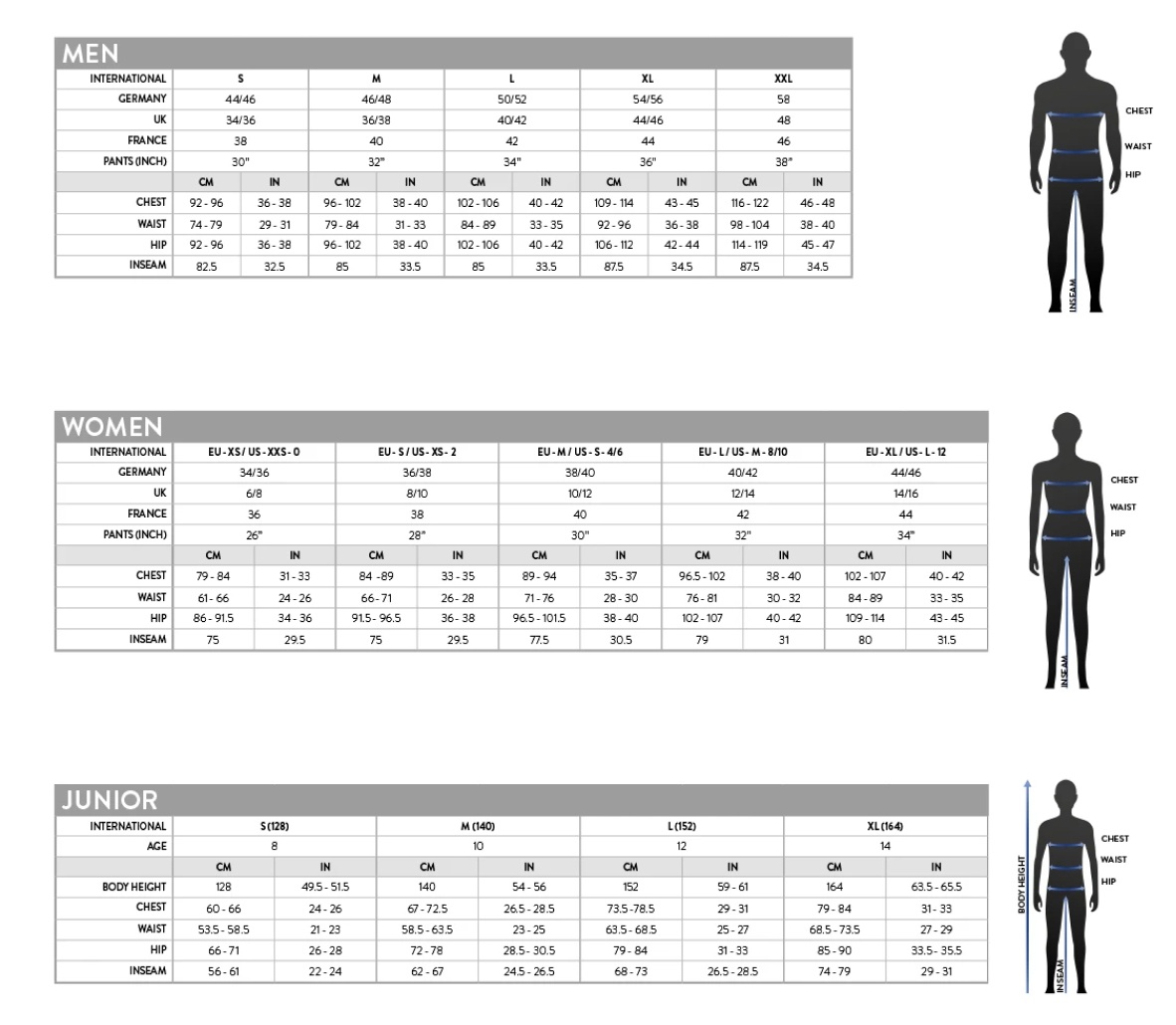Building upon the foundational idea that How Symbols Influence Our Perception of Luck and Trends, it becomes evident that the meanings we assign to symbols are not static or purely superficial. Instead, they are deeply embedded within rich cultural narratives—stories that pass from generation to generation—shaping our subconscious beliefs and societal behaviors. Understanding the profound role of these stories offers valuable insight into how human cultures evolve their collective perceptions of luck, prosperity, and identity.
Contents
- The Origins of Cultural Stories and Their Role in Symbol Formation
- Cultural Stories as Vehicles for Symbolic Beliefs
- The Power of Narrative in Creating Symbolic Identity and Social Cohesion
- Non-Obvious Dimensions: Subtle Messaging and Modern Media’s Role in Evolving Symbols
- The Interplay Between Personal Narratives and Cultural Stories in Belief Formation
- Returning to the Parent Theme: How Cultural Stories Influence Our Perception of Luck and Trends
The Origins of Cultural Stories and Their Role in Symbol Formation
Historical development reveals that mythologies, legends, and religious narratives have historically served as the primary frameworks through which societies assign meaning to symbols. For example, ancient Egyptian hieroglyphs were intertwined with stories of gods and the afterlife, imbuing symbols like the Ankh with profound spiritual significance. Similarly, Norse mythology linked particular symbols, such as Thor’s hammer, with protection and divine power, reinforcing moral and social codes.
These stories do more than explain; they encode moral lessons, societal values, and collective aspirations. As psychologist Carl Jung emphasized, such myths act as archetypes—universal symbols rooted in the collective unconscious—shaping perceptions and behaviors across different cultures. Over centuries, these stories have embedded symbols into the collective consciousness, creating shared understandings that persist today.
Cultural Stories as Vehicles for Symbolic Beliefs
Consider the example of the four-leaf clover in Irish folklore, widely regarded as a symbol of luck. The story behind it—its rarity and association with fairy magic—reinforces the belief that finding such a clover can bring good fortune. Similarly, in Chinese culture, the dragon symbolizes power and protection, with legends emphasizing its divine origins and benevolent nature, thus reinforcing societal beliefs about strength and auspiciousness.
Psychologically, these stories impact our perception by creating emotional associations with symbols. A study published in the Journal of Cultural Psychology found that narratives significantly influence how individuals interpret symbols, shaping their expectations and behaviors regarding luck or protection. Variations across cultures, such as the different interpretations of the lotus flower in Buddhist and Egyptian traditions, demonstrate how stories adapt and diversify symbolic meanings.
The Power of Narrative in Creating Symbolic Identity and Social Cohesion
Shared stories foster a sense of collective identity by uniting individuals around common symbols with deep-rooted meanings. For example, national myths—like the founding stories of Rome or the American Dream—serve as powerful narratives that reinforce cultural values and symbols of prosperity, freedom, or resilience.
Rituals and traditions often originate from these stories, acting as tangible expressions of collective beliefs. The Chinese New Year dragon dance, rooted in mythic stories of protection and prosperity, exemplifies how storytelling sustains social bonds and cultural continuity. These narratives not only preserve history but also serve as tools for transmitting values and reinforcing societal cohesion.
Non-Obvious Dimensions: Subtle Messaging and Modern Media’s Role in Evolving Symbols
In contemporary times, storytelling extends beyond oral tradition into films, literature, and social media, which continuously reshape traditional symbols. For example, the Hollywood portrayal of the “hero’s journey” has revitalized archetypal symbols of courage and justice, influencing perceptions globally.
Social media campaigns often utilize storytelling to redefine symbols—such as awareness ribbons or hashtags—embedding new meanings or challenging old ones. The #MeToo movement, for instance, transformed the pink ribbon from a mere breast cancer awareness symbol into a powerful emblem of social justice and empowerment, driven by contemporary narratives.
“Modern storytelling not only propagates traditional beliefs but also creates new mythologies that influence societal perceptions of trends and collective identity.”
The Interplay Between Personal Narratives and Cultural Stories in Belief Formation
On an individual level, personal stories integrate cultural symbols, shaping perceptions and beliefs. For example, someone who grew up hearing stories of lucky charms may develop a subconscious attachment to certain objects, influencing their choices and behaviors.
Research indicates that personal experiences often reinforce or challenge cultural narratives. A person’s encounter with a symbol—like a family heirloom or a cultural ritual—can deepen their belief in its significance or prompt reinterpretation. In a globalized world, these personal stories can synthesize diverse cultural influences, leading to evolving perceptions of symbols.
Returning to the Parent Theme: How Cultural Stories Influence Our Perception of Luck and Trends
In essence, the perception of symbols as sources of luck or societal trends is profoundly shaped by the stories we tell and share. These narratives—both ancient and contemporary—serve as the bedrock of cultural identity, guiding behaviors and societal shifts over time.
As we recognize the power of storytelling, it becomes clear that understanding the origins and transformations of these stories offers valuable insights into the collective psyche. Whether through traditional myths or modern social media narratives, stories continue to mold our beliefs, perceptions, and actions regarding symbols, luck, and cultural identity.
By appreciating this intricate relationship, we can better comprehend how cultural stories shape not only our individual perceptions but also the broader societal landscape, influencing trends and collective behaviors in an ever-evolving world.


